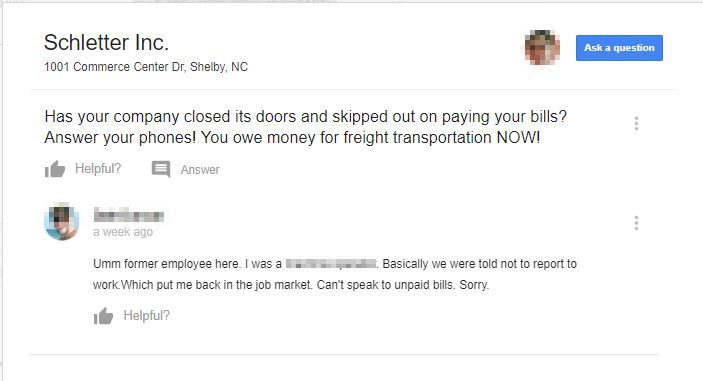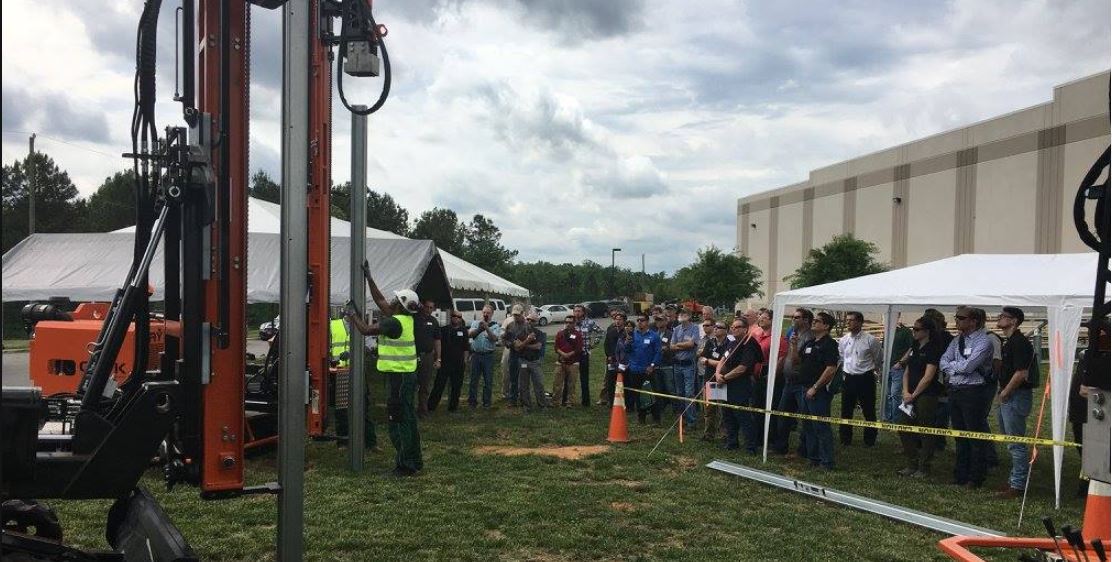By Frank Andorka, Senior Correspondent
What Happened: Schletter’s bankruptcy just got more interesting to me, based on some public information a friend of mine shared with me.
ch

SolarWakeup’s View: My theory yesterday was that Schletter’s decision to declare Chapter 11 bankruptcy was that it was largely attributable to the tariffs on solar modules, aluminium and steel. Turns out that may not be the whole story (or even the primary one). Check out the March 26 ruling by a judge in North Carolina concerning Schletter’s legal liability in a W-2 phishing scam of which they became a victim.
The good folks at Lexology have the details:
In that decision, called Curry v. Schletter Inc., Judge Martin Reidinger of the United States District Court for the Western District of North Carolina handed the employees a big win: a favorable ruling on a treble damages claim brought under N.C. Gen. Stat. § 75-1.1.
In 2016 a Schletter employee was reeled in by a phishing scam. The employee emailed criminals W-2 tax form information for all of the company’s then-current employees. That information included names, addresses, social security numbers, and wage information—all in an unencrypted file.
After discovering the incident, Schletter notified the affected employees and offered 24 months of credit monitoring and identity theft protection services. Unsatisfied with that response, the employees sued.
Unsurprisingly – and I saw that without even the hint of snark – Schletter moved to have the lawsuit dismissed. Again, I’ll let the lawyers at Lexology explain it far better than I could:
First, Schletter said, it hadn’t “intentionally” communicated anything to the criminals. Instead, it argued, the employee who fell victim to the scam meant to transmit the information internally and for a legitimate purpose, and thus lacked the requisite intent.
Second, Schletter argued that it had not disclosed the employees’ information to the “general public,” but only to the cyber-criminal.
Third, Schletter pointed to the rule that section 75-1.1 does not generally apply to employer-employee disputes. According to Schletter the claim for treble damages—which arose only because of their employment relationship with Schletter—was barred by this so-called “employment exemption” to section 75-1.1.
What that decision did was open Schletter to treble damages six days after its German parent company had filed for insolvency (Germany’s version of Chapter 11 bankruptcy). There would be no help coming from the parent to bail them out if the lawsuit went forward and a jury found in favor of the employees.
In those circumstances, combined with the pressures from the tariffs, Schletter may have decided to file Chapter 11 in an attempt to get out from under the lawsuit. But according to court records, there’s no indication the lawsuit over the phishing scam is going away.
Moreover, Schletter may have opened itself up to another lawsuit when it failed to produce a WARN Act notification before suspending operations. A spokesman for the company says there are 120 employees in Shelby, North Carolina, which would make any attempt to close the headquarters without giving their employees 60 days notice of the closing.
The spokesman did indicate there have been no layoffs yet – which I suppose could allow them to skirt the law for now – but if layoffs DO occur, the company has put itself in more legal jeopardy by not giving their employees the heads up.
Stay tuned – this situation promises only to get more interesting as the process moves along. All I know is that my heart goes out to the 120 employees that will inevitably be affected by whatever the outcome in this tale is. They don’t deserve to have their futures held hostage like this, no matter what the reason.
Here is the March 26 ruling against Schletter’s motion to dismiss its employees’ lawsuit:
Curry-OpinionMore:
A North Carolina Federal Court Allows a Treble Damages Claim in Employee Data-Breach Lawsuit (Lexology)
Schletter U.S. Files For Chapter 11
Source: As Parent Company Struggles, Schletter Eyes Closing U.S. Operations




